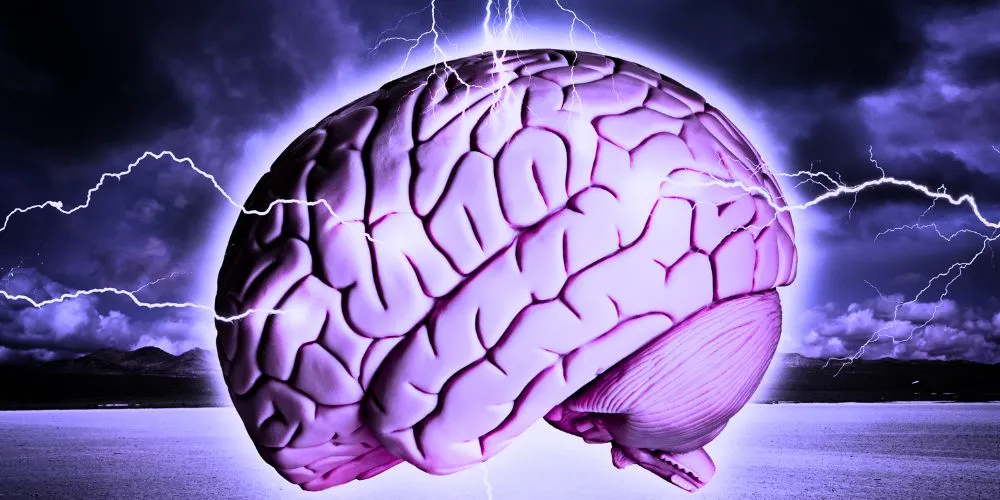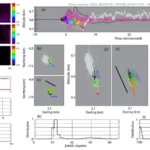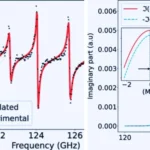Key Points:
- University of Minnesota researchers demonstrate the efficacy of non-invasive brain stimulation in altering brain mechanisms related to human behavior.
- The study highlights the potential of transcranial alternating current stimulation (tACS) in modulating neural activity.
- The observed “neural phase precession” phenomenon reveals insights into how brain activity adapts to external stimulation.
- The technique holds promise for treating psychiatric and neurological disorders by targeting specific brain functions influencing behavior, learning, and memory.
In a groundbreaking discovery, researchers at the University of Minnesota Twin Cities have demonstrated the effectiveness of non-invasive brain stimulation in altering a specific brain mechanism directly linked to human behavior. This breakthrough holds immense promise for developing novel therapies to address a spectrum of brain disorders, including schizophrenia, depression, Alzheimer’s disease, and Parkinson’s disease.
Published in Nature Communications, a peer-reviewed scientific journal, the study utilized transcranial alternating current stimulation (tACS), a form of neuromodulation, to manipulate brain activity. By administering a low electrical current to the brain, researchers could modulate the timing of neuronal activity, thereby influencing neuroplasticity—the process by which connections between brain cells change, crucial for human behavior, learning, and cognition.
The observed phenomenon, termed “neural phase precession,” involves gradual changes in brain activity over time in response to repeating patterns, such as external events or, in this case, non-invasive stimulation. This temporal synchronization of brain activity is pivotal in various cognitive processes, including spatial navigation, learning, and memory.
Lead researcher Dr. Hubertus Opitz highlighted the direct impact of timing patterns on brain function, underscoring the potential implications for understanding and manipulating human behavior. The study’s findings shed light on how the brain adapts to external stimulation, with the technique capable of augmenting and attenuating brain activity, particularly when targeting specific neural functions that influence behavior, learning, and memory.
The ultimate objective is to harness this technique for the treatment of psychiatric and neurological disorders, offering more personalized and effective therapeutic interventions. Dr. Opitz expressed optimism that this discovery would pave the way for advancements in clinical applications, leading to enhanced treatments for a range of debilitating conditions.










